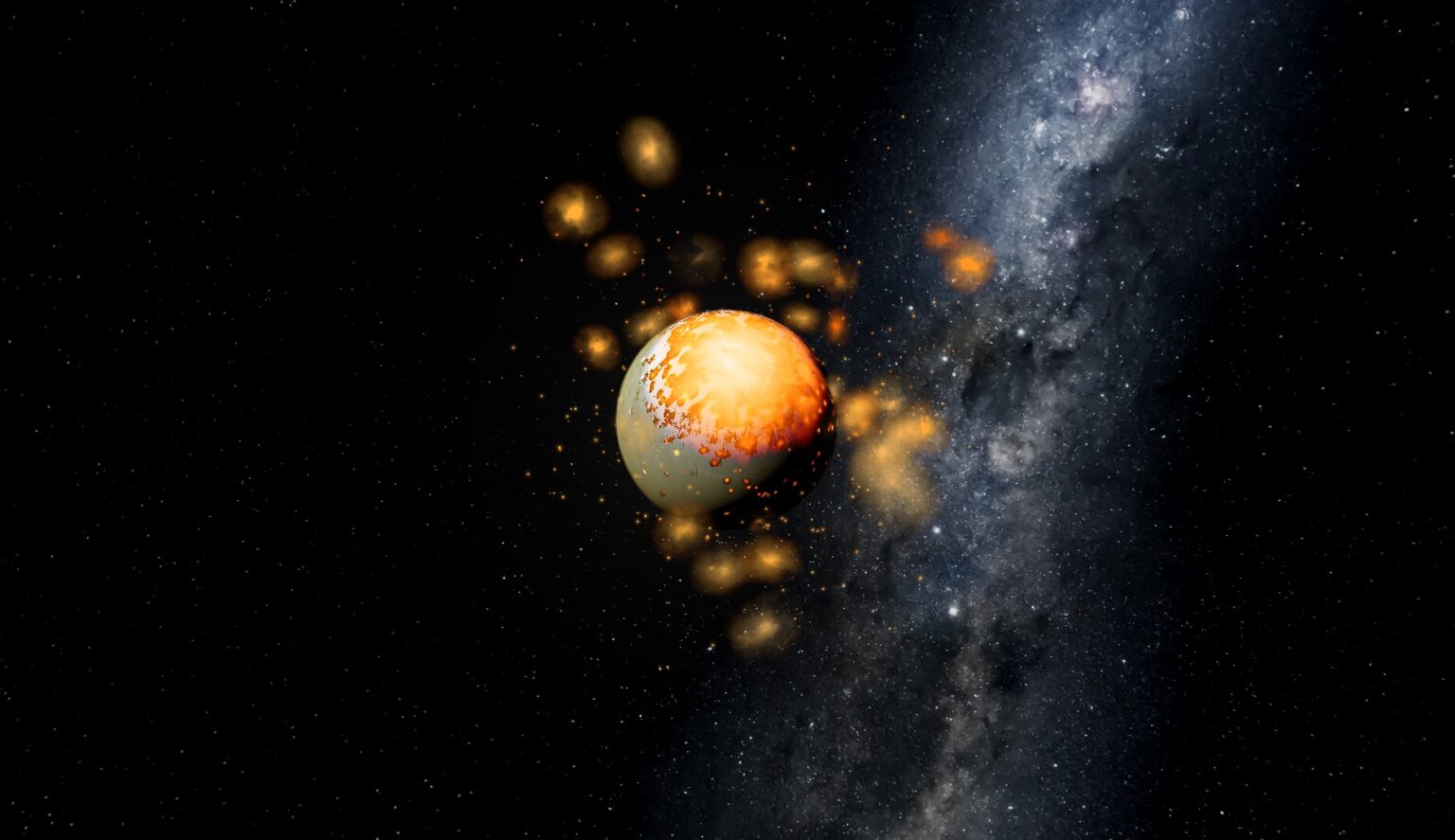There are more volcanoes on Venus than on Earth. According to newly published studies, their appearance could cause collisions with other celestial bodies that occurred at the beginning of the planet’s history, but the consequences of which are still being felt.

Volcanoes on Venus
Recently, a group of planetary scientists could explain why there were so many volcanoes on Venus. This planet is our closest neighbor in the Solar System and is very similar in size and chemical composition to Earth. However, the conditions on it are very different: a dense atmosphere of carbon dioxide makes it extremely difficult even to operate equipment, not to mention the presence of people.
This is partly due to the fact that the planet is noticeably closer to the Sun than the Earth. However, scientists have long come to the conclusion that this is not enough and volcanoes play an important role in the differences of Venus, of which there are about 60 times more than on Earth.
And this is very strange, because on our planet, their existence is mainly due to the movement of lithospheric plates, and it is at their junctions that most volcanoes are located. Venus has a solid crust, although it is quite thin. But there are about 80 thousand volcanoes on it.
Ancient asteroid impacts
Scientists have tried to solve this riddle in a new study. They suggested that the increased volcanic activity on Venus could provoke powerful collisions with celestial bodies that occurred at the very beginning of its existence. They overheated the core of the planet and caused the melting of all the shells located outside.
One of the factors that caused such powerful impacts could be the proximity of the planet to the Sun. It means that the speed of Venus in orbit is much higher than that of Earth. This means that collisions will also occur with significantly higher energy at the same mass of bodies.
According to scientists, after them, at least 82 percent of the mantle of Venus was in a molten state for a long time. And if there were several such collisions, then they were quite able to change the conditions in the center of Venus for billions of years.
However, we do not have at least a little reliable information about the internal structure of Venus. But soon it is planned to launch several missions at once that will help scientists uncover these secrets.
According to phys.org
Follow us on Twitter to get the most interesting space news in time
https://twitter.com/ust_magazine

